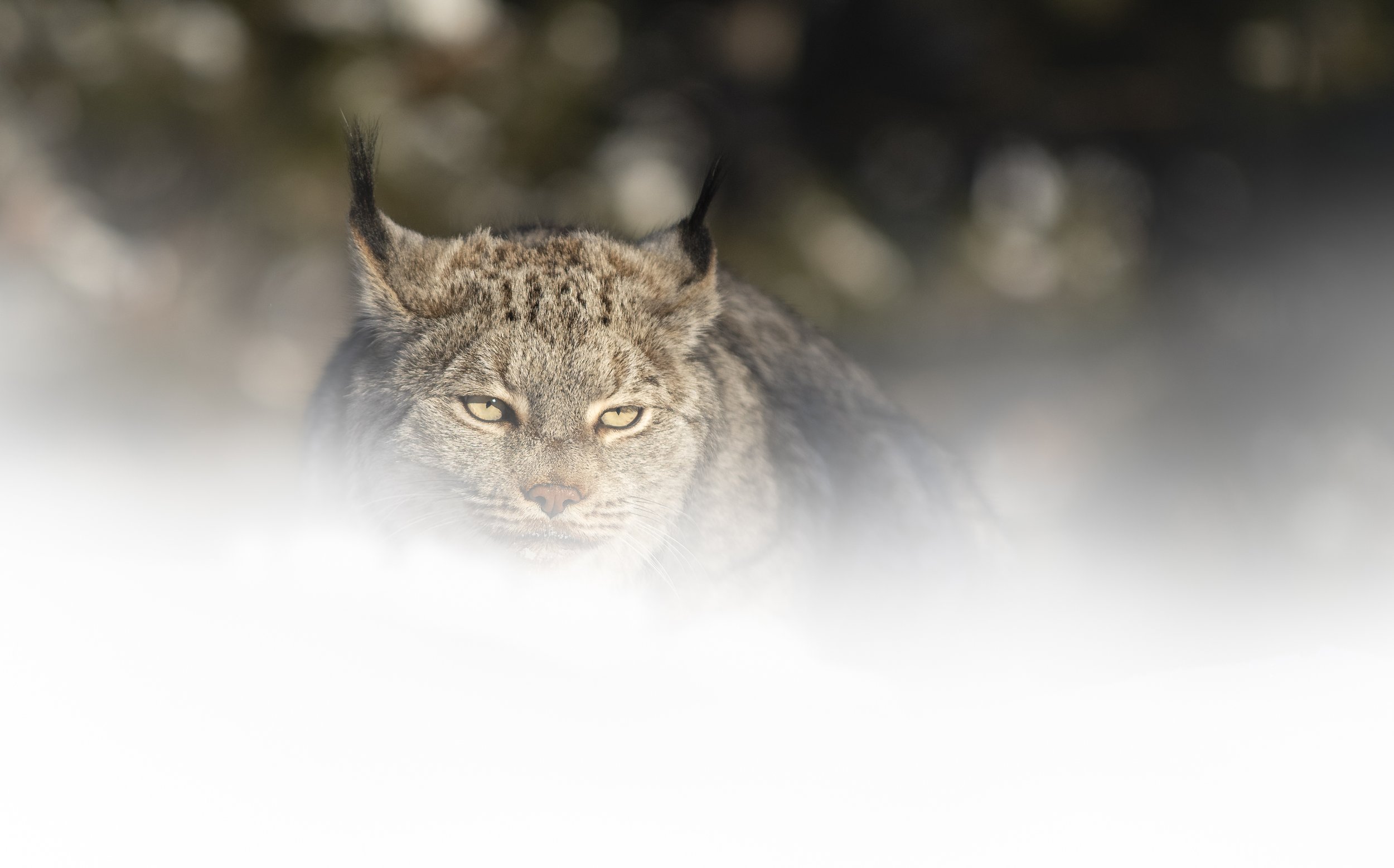Ten Reasons Why Wildlife Photography is One Of the Most Challenging and Rewarding Genres of Photography
Wildlife photography is one of the most demanding genres of photography, marked by its physical rigours, erratic subjects, and harsh environmental settings. Here, nature dictates the terms, not the photographer.
Yet, what drives photographers to brave the wilderness with their cumbersome equipment? It's the undeniable allure of wildlife photography's formidable challenges, matched only by its fulfilling rewards!
An expertly captured image has the power to communicate intimate aspects of animals in our world, showcase vital conservation initiatives, and leave a photographer with a profound sense of accomplishment.
The Challenges In Wildlife Photography
Unpredictable Behavior: Wildlife can be unpredictable, making it difficult to anticipate their movements and actions.
Weather Conditions: Harsh weather, such as rain, snow, or extreme temperatures, can make photography challenging and uncomfortable.
Physical Demands: Wildlife photography often involves long hours of hiking and carrying heavy equipment, leading to physical strain and fatigue.
Limited Light: Depending on the time of day and location, lighting conditions may be less than ideal, requiring photographers to adapt their techniques accordingly.
Remote Locations: Many wildlife habitats are in remote or difficult-to-access areas, requiring photographers to navigate rugged terrain and potentially dangerous environments.
Equipment Limitations: Wildlife photography requires specialized equipment such as telephoto lenses and sturdy tripods, which can be expensive and cumbersome.
Patience and Persistence: Capturing the perfect shot often requires waiting for hours or even days for the right moment to arise, testing the photographer's patience and perseverance.
Disturbance from Human Presence: Human activity in wildlife areas can disrupt natural behaviour and scare away animals, making it challenging to capture authentic moments.
Concealment and Camouflage: Getting close enough to wildlife without disturbing them often requires strategic concealment and camouflage techniques to blend into the environment.
Ethical Considerations: Wildlife photographers must prioritize the well-being of the animals they photograph, adhering to ethical guidelines and regulations to ensure minimal disturbance and harm.
The Rewards You Will Receive From Wildlife Photography
Here are some satisfying rewards of taking a photo of a wild animal in nature:
Connection with Nature: Capturing an image of a wild animal in its natural habitat provides a deep sense of connection with the natural world, fostering appreciation and respect for wildlife and their environment.
Emotional Impact: A well-taken wildlife photograph can evoke powerful emotions, stirring feelings of awe, wonder, and empathy for the subject.
Storytelling: Each wildlife photograph tells a unique story about the animal's behavior, habitat, and interactions with its surroundings, allowing the photographer to share their observations and insights with others.
Conservation Contribution: Wildlife photography can raise awareness about conservation issues and inspire action to protect endangered species and their habitats, contributing to broader conservation efforts.
Personal Achievement: Successfully capturing a compelling wildlife image requires patience, skill, and perseverance, leading to a sense of accomplishment and pride for the photographer.
Creative Expression: Wildlife photography offers endless opportunities for creativity and artistic expression, allowing photographers to experiment with composition, lighting, and perspective to create visually stunning images.
Educational Value: Wildlife photographs serve as valuable educational tools, providing insights into animal behaviour, ecology, and biodiversity for audiences of all ages.
Community Engagement: Sharing wildlife photographs with others allows photographers to connect with like-minded individuals who share their passion for nature and wildlife, fostering a sense of community and camaraderie.
Memorable Experiences: The process of capturing a wildlife image often involves immersive experiences in nature, filled with memorable encounters and adventures that leave a lasting impression on the photographer.
Appreciation of Beauty: Above all, taking a photo of a wild animal in nature allows the photographer to capture and celebrate the inherent beauty and diversity of the natural world, reminding us of the importance of preserving it for future generations to enjoy.
Conclusion
Ah, wildlife photography, the rollercoaster ride of the photography world! It's like signing up for a crash course in patience, resilience, and an unexpected run-in with Murphy's Law. You need the technical prowess of a tech wizard, the patience of a saint, and the stubbornness of a mule to weather the storm (literally and figuratively).
From dodging raindrops to playing hide-and-seek with critters who seem to have a knack for camouflage, it's a wild ride! But fear not, for amidst the chaos lies a treasure trove of rewards. Picture this: forging a bond with nature that even Dr. Doolittle would envy, witnessing moments so rare they could rival Bigfoot sightings, and feeling like a superhero saving the day for conservation efforts.
So, whether you're a seasoned pro with a camera practically growing out of your hand or a newbie still trying to figure out which end of the lens to look through, share your tales of triumph and tribulation in the wild world of wildlife photography!




